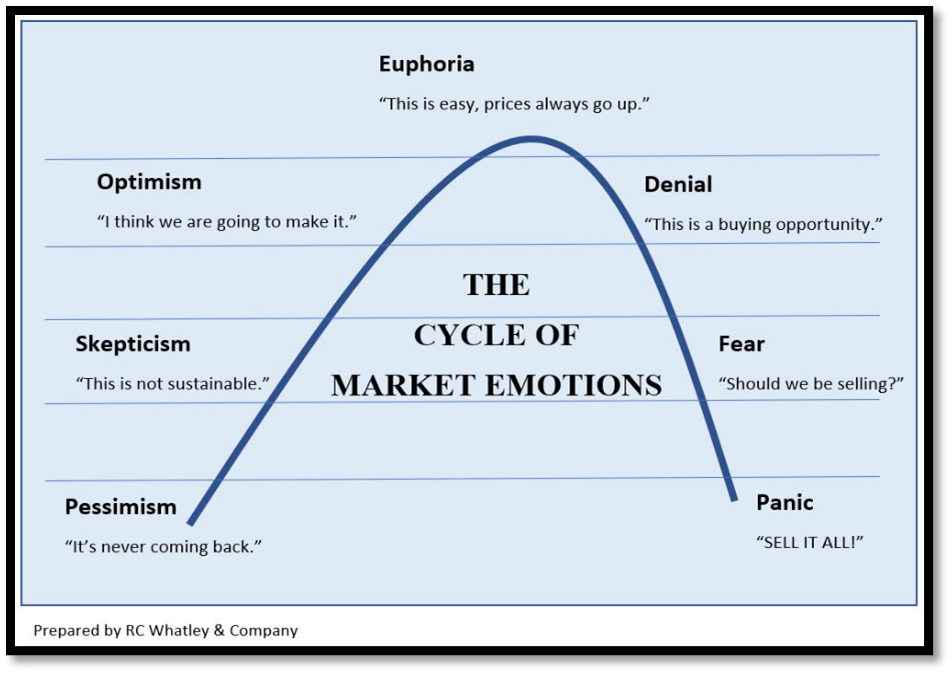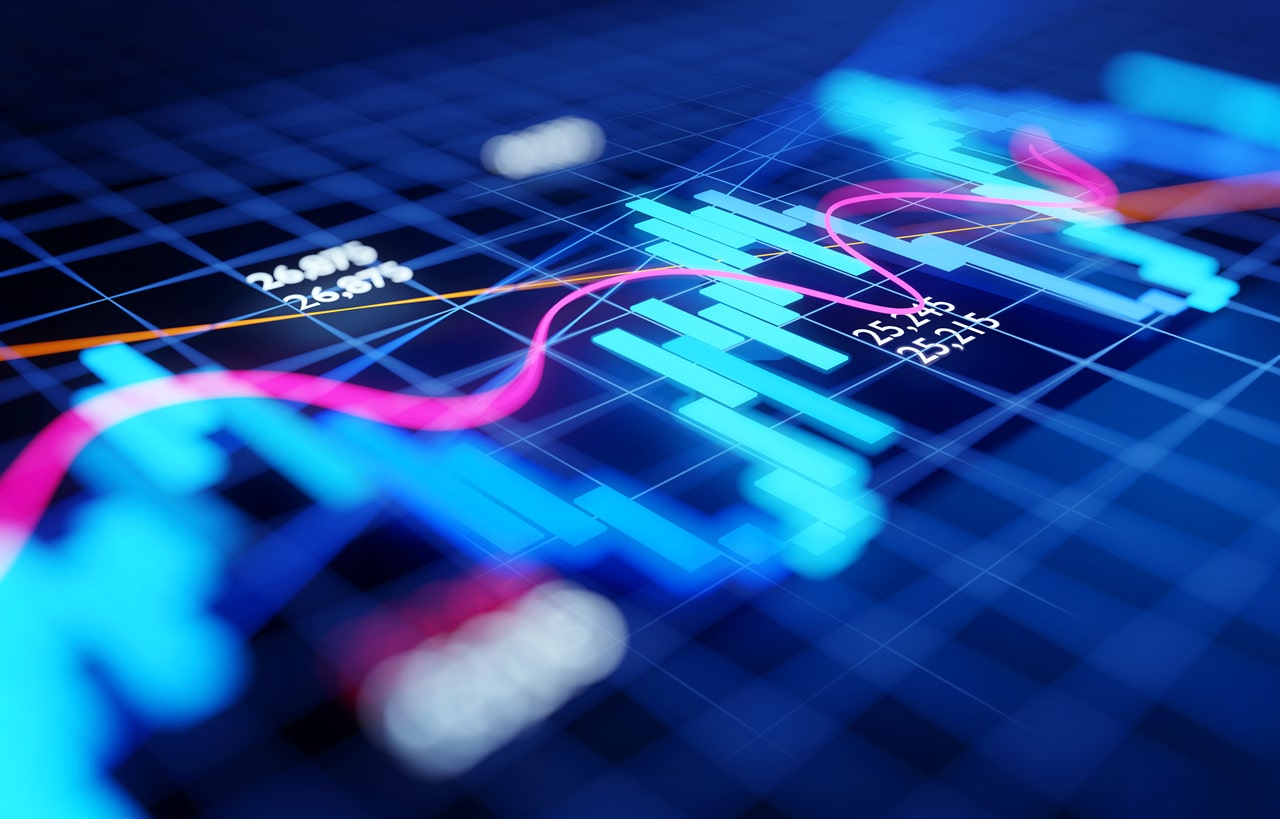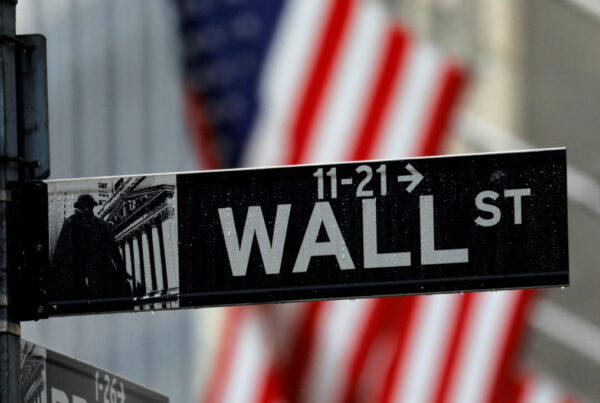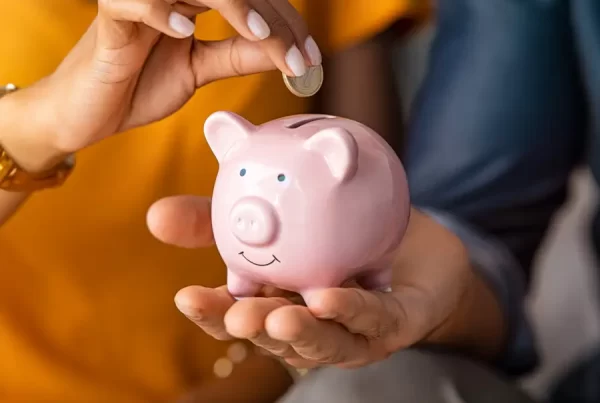Navigating Market Volatility: Insights & Strategies

Stocks and markets reach highs—only identifiable after the fact—when demand is highest and supply is lowest. More people want to buy (increasing demand) while fewer people want to sell (less supply). This is driven by the same euphoric emotion: “It’s going higher, I want to buy more,” and “It’s going higher, I don’t want to sell now.”
At this point, the market is saturated with buyers, volume drops, and any bad news that creates a sudden increase in sellers causes prices to fall. Now, we have more sellers (supply) and fewer buyers (demand).
This scenario often corrects itself quickly—that is the nature of an open market—but occasionally fear and panic drive prices to surprising lows. At that point, our amygdala (the brain’s emotional center) sends a distress signal to the hypothalamus, activating the HPA axis (Hypothalamic-Pituitary-Adrenal axis). This triggers the release of cortisol (the stress hormone), which, along with a surge of adrenaline, heightens senses and our internal controls are screaming, “RUN!”
All this creates a scenario where we want more risk at market highs and no risk at market lows. I keep the “Cycle of Market Emotions” chart on my desk as a reminder to eliminate emotions from our investment process. It illustrates how euphoria often precedes major corrections, while panic and fear mark opportunities for those who remain disciplined.





